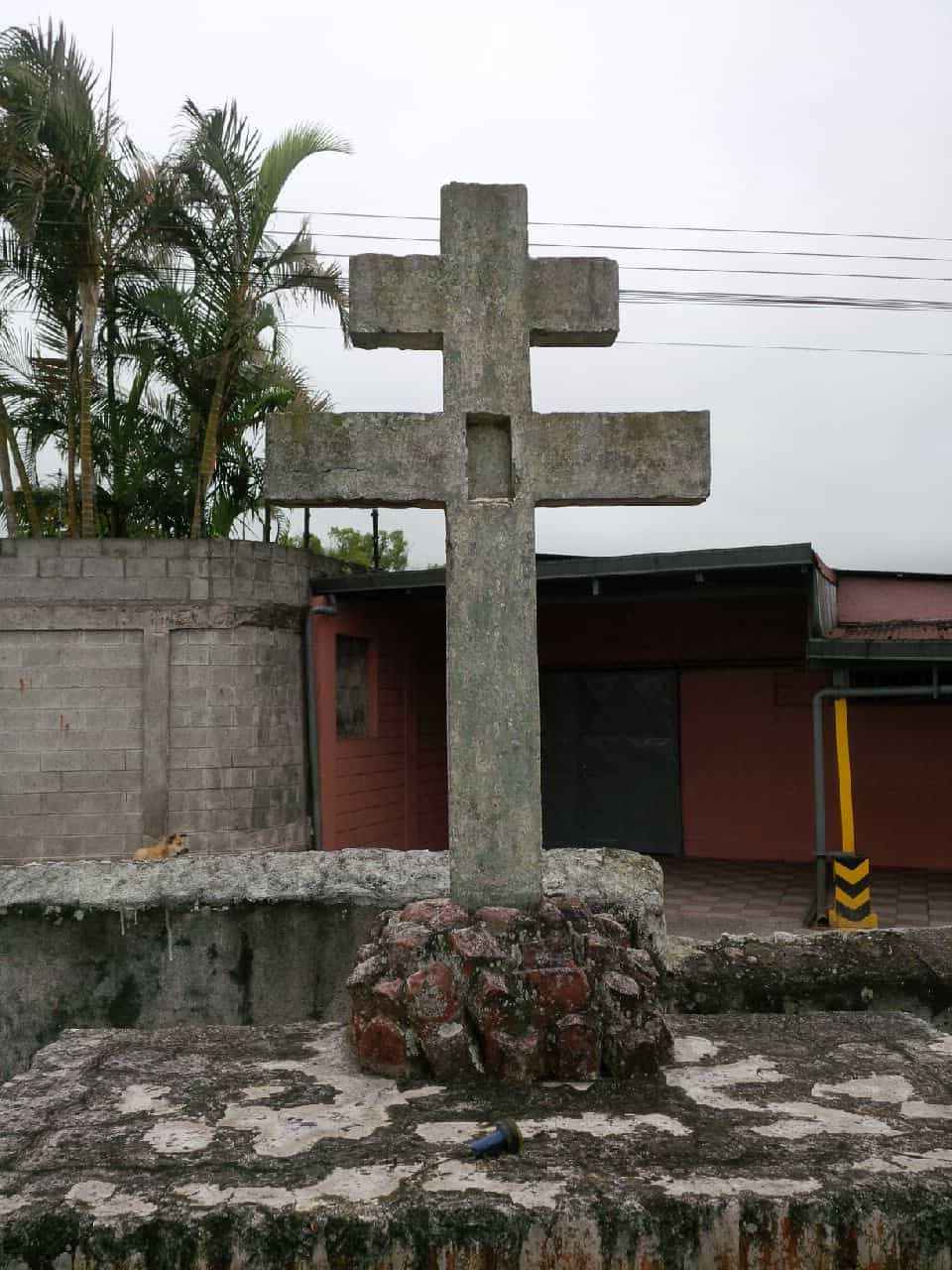The idea of apartheid in Costa Rica seems far-fetched today. But in the early colonial era, Costa Rican society followed rigid rules of caste. Cartago, the colonial capital and center of government and high society, represented the crown and imitated the social rules of Spain.
A short time before Columbus set sail for the New World, Spain regained its own territory by forcing out the Moors and giving Jews a choice: convert or move elsewhere. The lands of the New World would also be white, Spanish and Catholic. People of color or mixed heritage, including blacks from African colonies, mulattoes, and Zambos (people of Indian and Spanish heritage) had to live in their own barrios. There was Puebla de los Pardos, or town of the brown people, for Pardos and Mulattoes, and Laboria for Zambos.
This caste system was rigid and practiced in all of Spanish America. It was a means to control the population, making it easier to collect taxes for the crown, and for the church to evangelize. To let people know where the line was drawn, the Spanish colonists erected a Cross with two crossbars, a Cross de Caravaca, in Cartago.
Costa Rican history of the l6th and l7th centuries is part legend and part fact, but the most important story of colonial Cartago of that Aug. 2, 1635. That’s the day an Indian girl named Juana Pereira is said to have been collecting firewood when she found a small, black statue of the Virgin Mary with her infant in her arms. Although the girl took the figure home, it somehow returned to its original spot. The girl took the relic home several more times but it always returned to the spot she found it. Today, that is the spot where the basilica now stands.
Young Juana’s find was significant for ethnic minorities living around Cartago. If the Virgin appeared to an Indian girl, in a “colored” barrio and was itself “color,” how could the white population discriminate against people of color? It brought about an end to the racial separation in the colonial capital. “La Negrita,” or the Virgin of the Pardos, is now honored as the patron saint of nation and Barrio de los Pardos is now Barrio Los Angeles.
The cross remains, having withstood time and tremors. It is made of stones and cement used in early colonial days. The symbol of the double-barred cross was used in battles against the Moors, and became associated with racial division. The cross made its way to Spain when Christian armies of Europe marched around the Mediterranean to wrest the Holy Land from Islamic rule. They conquered Jerusalem around 1098. Robert, the first patriarch, had a double-tiered cross containing a fragment of the cross of Christ.
In 1232, the cross was carried to Spain to adorn a church in the castle of Alcazár de Caravaca. In the 15th century, it became a symbol in the fight against the Moors.
Costa Rica’s Cross de Caravaca stands alone in a vacant lot, somewhat abandoned, just two blocks north of the basilica de Los Angeles. The basilica houses the same statue found by Juana Pereira 377 years ago. It remains a touchstone of history and a part of Cartago’s heritage.






